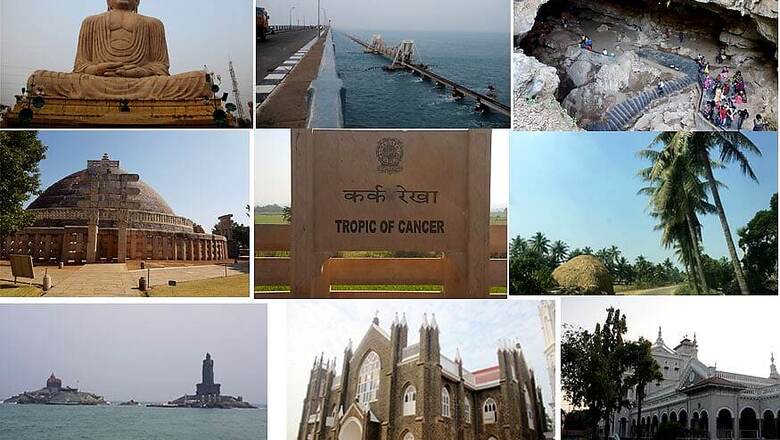
views
We have all planned road trips and even embarked on one, but driving along the coastal belt of India is an experience worth your time.
Siddhartha S Reddy and his friend, Abhishek Joshi, took one such road trip, covering all the coastal regions of the country. Covering approximately 8000kms, it took them 18 days to cover 8 states.
Siddhartha shares his experience with News18.com.
Q. How did the idea of such a trip occur?
A. The idea occurred during our last trip, which was a road trip to Leh in June 2015. Since we live in northern-most part of India, we decided to do something different. The place that first popped up in our mind was Kanyakumari, the southernmost tip of India. But just driving till Kanyakumari wasn’t enticing enough. Then we came up with the idea of travelling along the entire coastal belt.
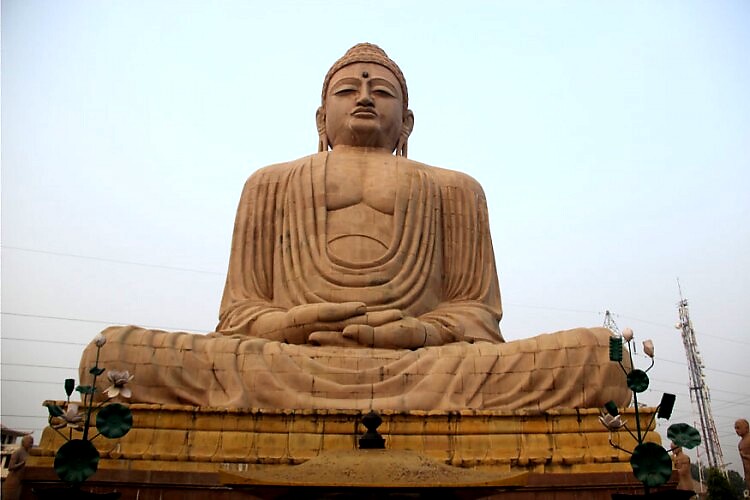
Q. What kind of preparations are needed for such trips and what are the must carry essentials?
A. Two things came to our mind when we planned our trip. First is the company or your travel buddy and the second is the vehicle you plan take the trip on. Since, Abhishek and I have been friends since school, one point was taken care of. If the mentalities and the wavelength of the travel partners don’t match, you cannot enjoy the trip.
The second most important thing for us is the vehicle. No one should compromise on this. The vehicle has to be in good condition to undertake such a long and taxing trip. My car had served its purpose during our last Leh trip and was comfortable throughout. Hence we decided to take it for this trip too. I got it serviced and bought new tyres. I already had the tow cable, jumper cables and a car tyre inflator device.
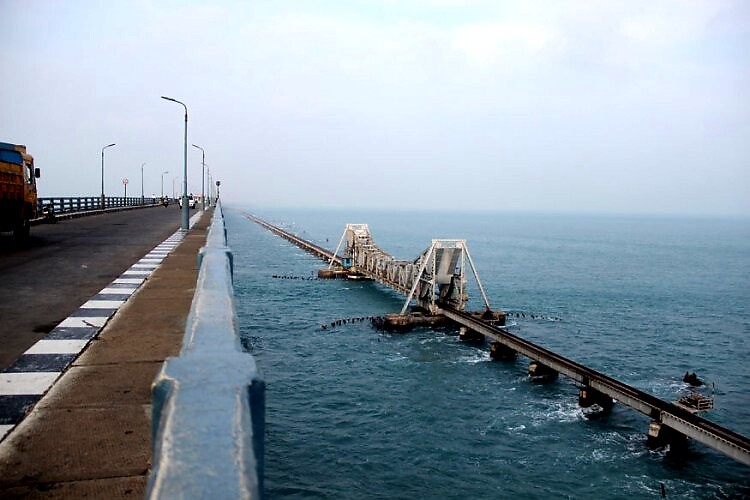
Q. Did demonetization affect your trip?
A. Just before we left, a big problem popped up - Demonetization. Old currency ban and unavailability of new currency posed a hurdle in our way. There were long queues at ATMs and banks and only limited amount of money could be withdrawn. We were embarking on a long trip, through different unknown states, and we had no idea what was the situation there. Thankfully the petrol pumps were accepting old currency. However demonetization turned out to be a blessing in disguise for us, since no toll tax were being collected on the national highways and there was no queue at the toll booths.
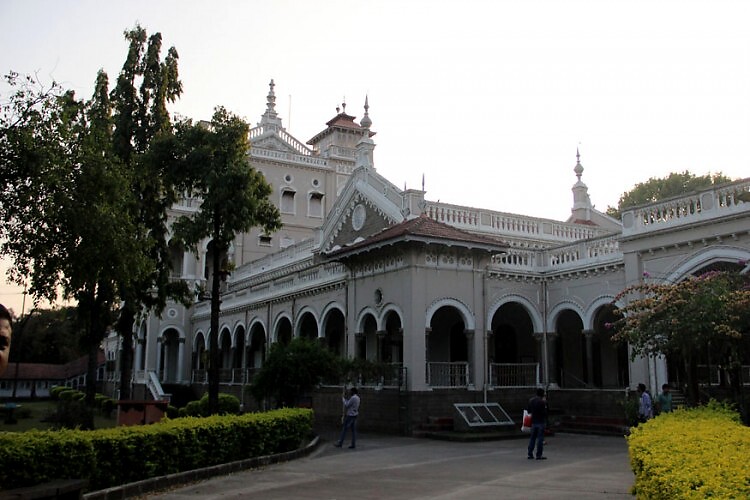
Q. What are the difficulties you faced during the trip?
A. Before leaving for the trip we thought that the new currency would be a major challenge for us, however it was never the case. Down south, we saw normal ATM queues and card payments were accepted almost everywhere.
However, we were stalled by another facet of demonetization, the country wide ‘bandh’ that was called for by the opposition parties on 28th November. We reached Trivandrum on 27th November. There we were advised by the locals to stay in the city and travel only after sunset when the ‘hartal’ was over. We lost one whole day because of the ‘hartal’.
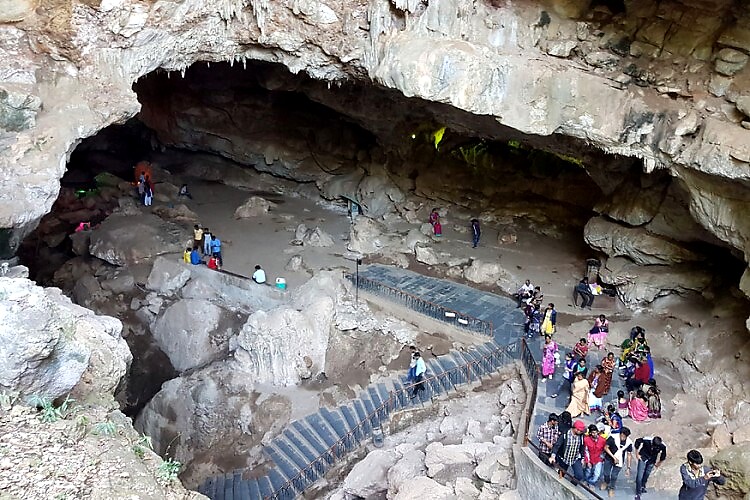
Q. Did you face difficulty in travelling in any part of the trip?
A. Kerala is called ‘God’s own country’, but I am sure God doesn’t travel on the road. Kerala is a driver’s hell in the true sense. The coastline in the state is not more than 750-800 kms, but it took us more than 4 days to pass through Kerala. Apart from the ‘hartal’ day, it took us three days to cover 750 kms! It was a two lane highway with too much traffic. There was a day when we drove for 8 hours straight and we could cover only 200 odd kms. Driving through Kerala requires patience.
Q. What were the most memorable parts of the trip?
A. Day 9, Rameshwaram, would be the most memorable part of our trip. We started off at 5:30 in the morning and headed straight to DhanushKodi, as we had missed the last bus the evening before. The last 10 kms upto the end point can only be travelled through local buses. Although a new road to the end point is complete but it is still not open for general public yet. It was early morning and as we were the only ones at the checkpoint, we after some persuasion were allowed to take our car on the newly laid tarmac. What awaited us was a 360 degree view of water all around us. It was truly majestic and serene.
Then we continued our journey to Kanyakumari, the meeting point of the Arabian Sea, Bay of Bengal and the Indian Ocean. It is only here, that one can see both the sunrise and sunset in the water.
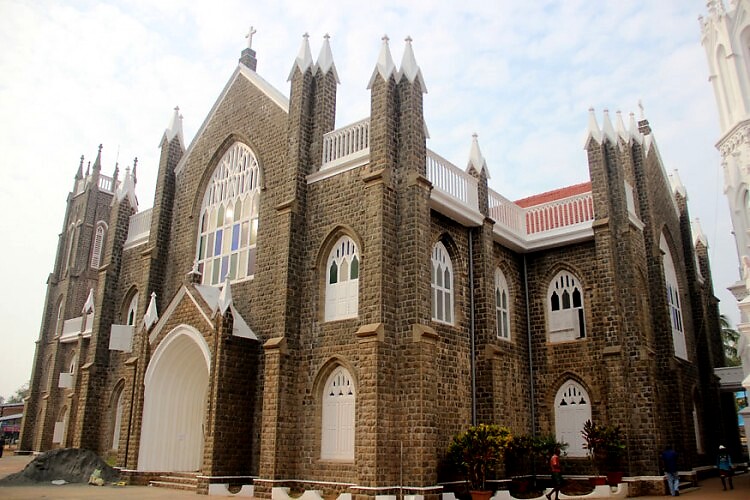
Q. Which are the areas one must visit if on such trips?
A. Selecting the must see places from the whole trip is a difficult task. We experienced many cultures, went through 13 different states, different languages and exotic cuisines. Our list of must visit places is:
1. Araku valley and Borra Caves near Vishakapatnam
2. Astaranga – A small fishing town near Konark in Odisha. It’s a virgin place for tourists as it is completely off the route. We sailed on a fisherman’s boat to the nearby mangrove islands. The view was astounding.
3. Road from Konark to Puri – The most bautiful road
4. Pamban bridge
5. Old part of Kochi city
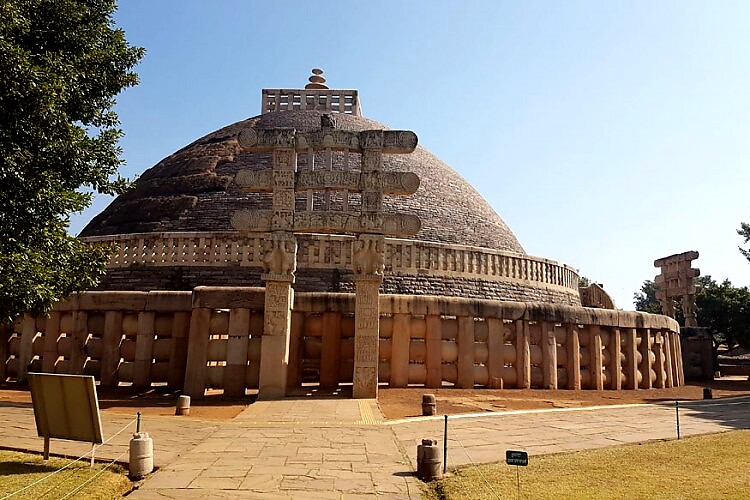
Q. Advice to people who are planning such a trip?
A. Be patient and don’t be in a hurry. One cannot see the whole country in a few days. There is always next time for new places to be explored.
Q. Do you plan to take such trips in the future?
A. We plan to have atleast one road trip every year. Some trips that we have on our mind are:
1. Road trip to Thailand and Vietnam
2. Winter trip to Spiti Valley
3. The Seven sisters of the north east
4. Rann of Kutch and Thar desert
5. Another trip to Kanyakumari , this time via central India.
6. Leh and Zanskar in a bicycle











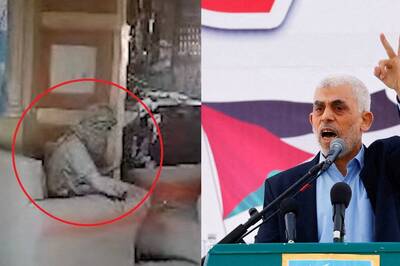



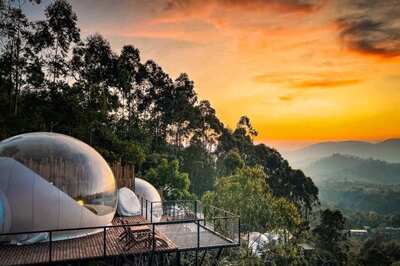

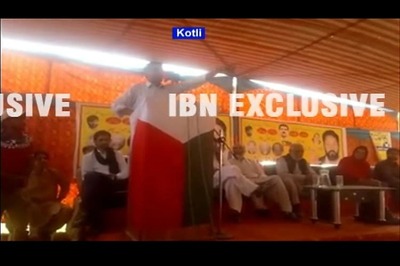

Comments
0 comment